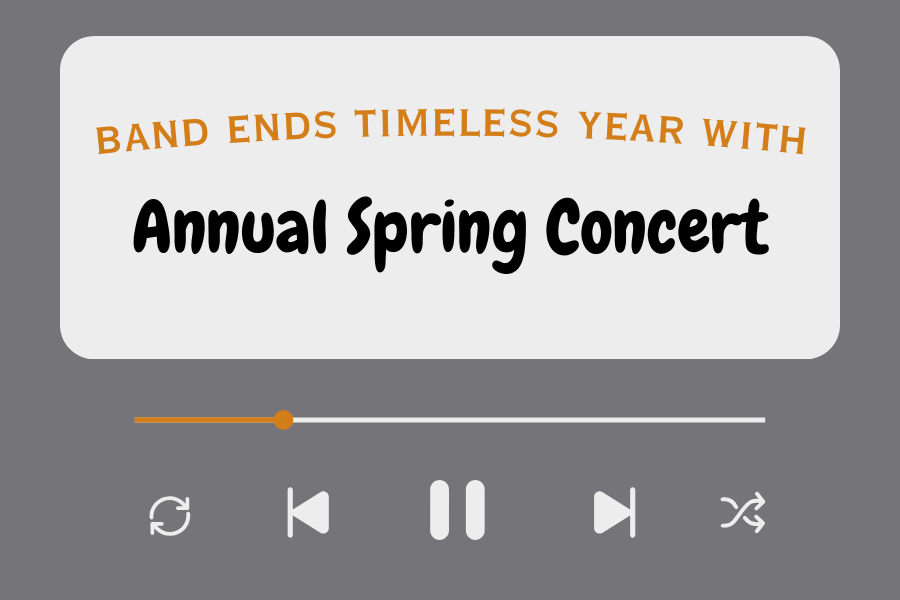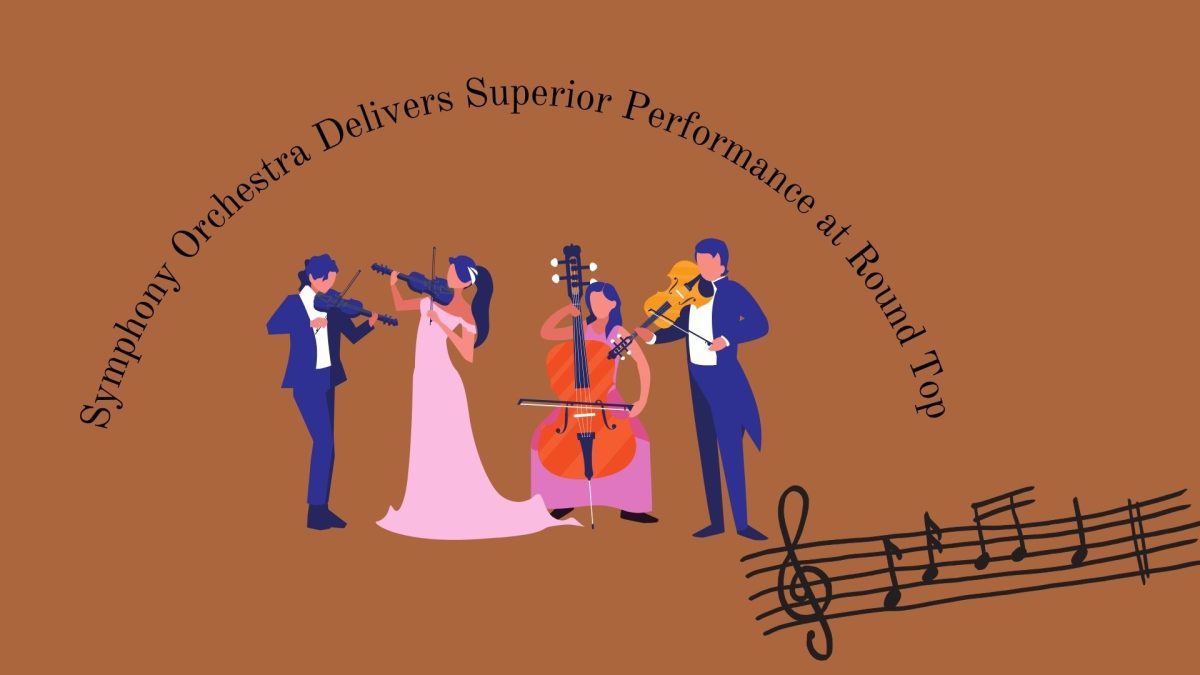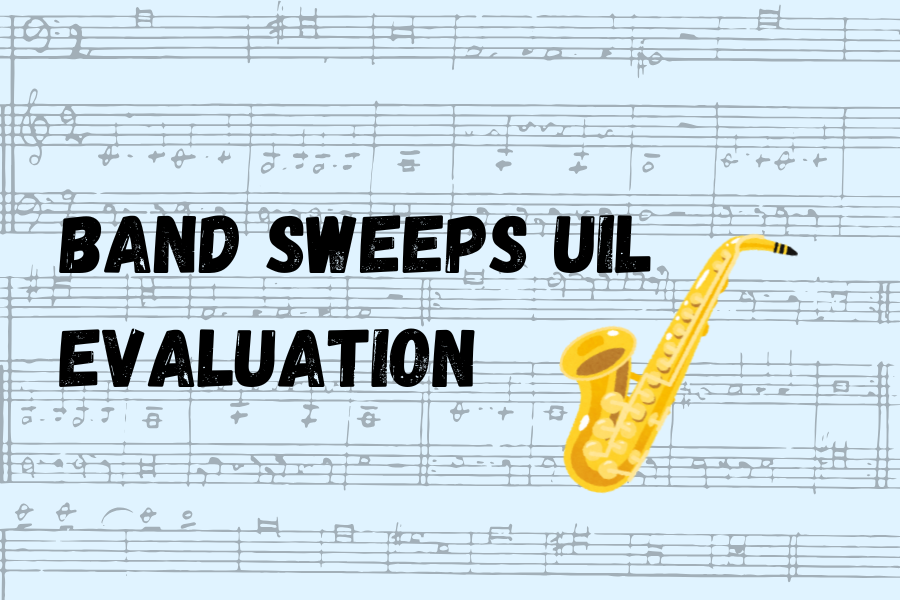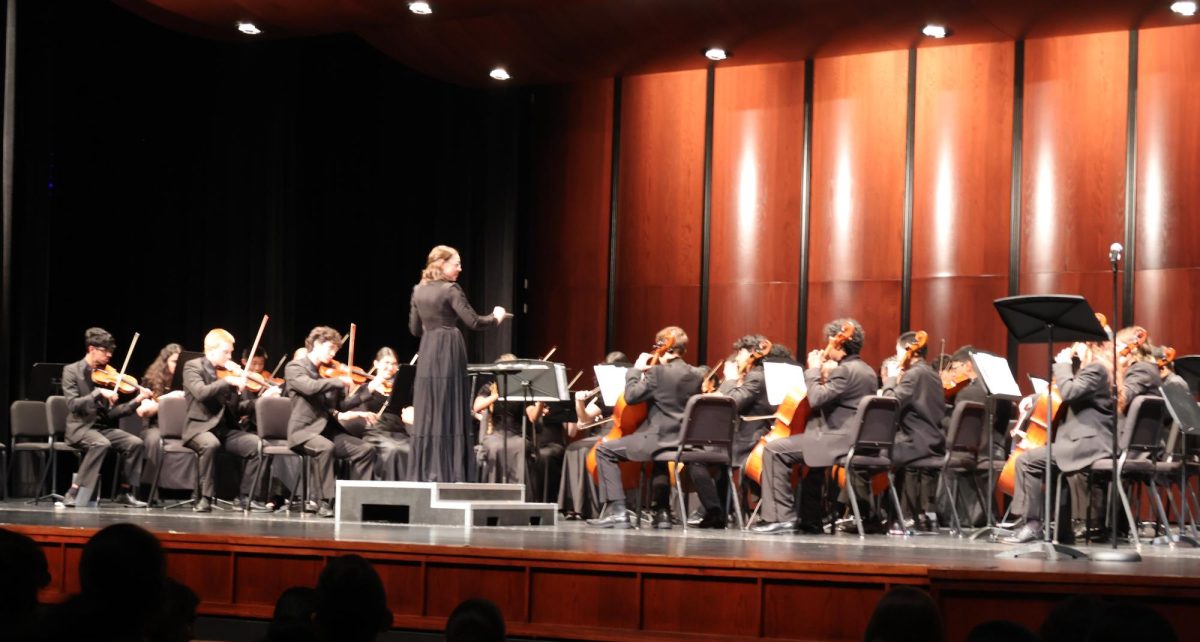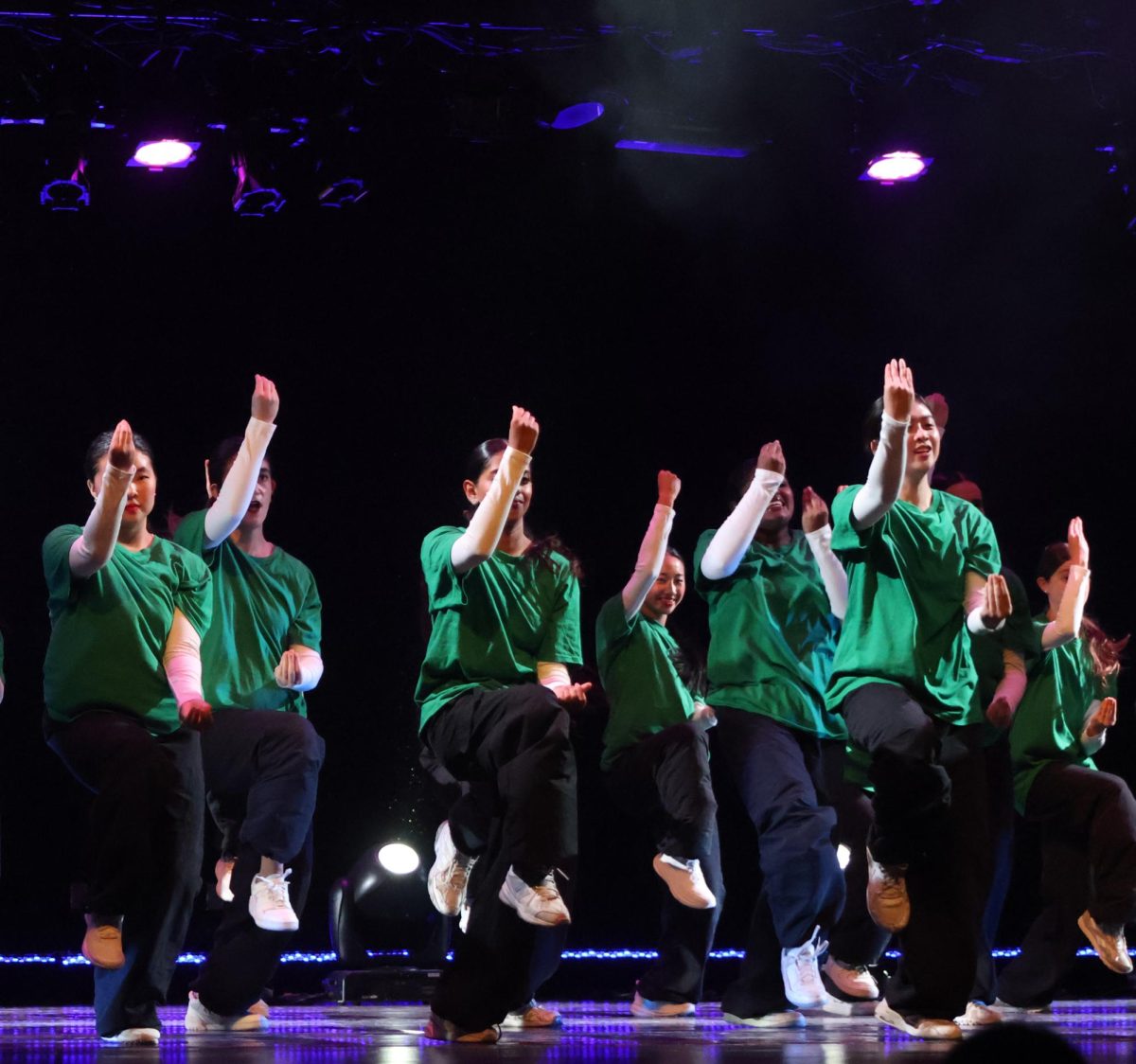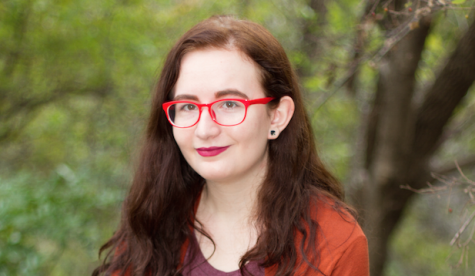 I first picked up The Year of the Gadfly by Jennifer Miller with the same reason I’ve picked up numerous books before: I simply loved the cover design. I know that “don’t judge a book by its cover” is often true, and I have wasted tons of money by falling trap to pretty dust jackets and nice fonts. This time, however, both the dust jacket and the summary of The Year of the Gadfly appealed to me greatly. Upon finishing the novel, I learned one thing, and one thing alone: let it be known that you can no longer judge a book by the summary on its inside flap.
I first picked up The Year of the Gadfly by Jennifer Miller with the same reason I’ve picked up numerous books before: I simply loved the cover design. I know that “don’t judge a book by its cover” is often true, and I have wasted tons of money by falling trap to pretty dust jackets and nice fonts. This time, however, both the dust jacket and the summary of The Year of the Gadfly appealed to me greatly. Upon finishing the novel, I learned one thing, and one thing alone: let it be known that you can no longer judge a book by the summary on its inside flap.
The Year of the Gadfly tells the story of a girl named Iris Dupont, who moves from Boston to a small, collegiate, preppy town in the Massachusetts mountains, where she reluctantly attends Mariana Academy. However, a mystery is afoot; there’s a secret, underground society wrecking reputations and causing expulsions. Iris, an aspiring reporter that “speaks” with deceased legendary reporter Edward Murrow, takes it upon herself to uncover the truth in the midst of rumors. The story is told from three points of view: Iris; Jonah Kaplan, her biology teacher/former Mariana student with a mysterious past; and flashbacks to Lily, the last headmaster’s daughter with albinism and former resident of Iris’ new home.
Suffice it to say, I was excited when I read the summary. Secret societies? Reporters? Prep schools that aren’t what they seem? A comparison to The Secret History by Donna Tartt? The Year of the Gadfly seemed perfect, but like the preparatory school within the novel, things weren’t at all what they appeared to be.
Although The Year of the Gadfly’s mystery kept me reading, there were often times when I had to put the book down. Iris Dupont’s characterization as an eager reporter was two-dimensional, a stereotypical, old-school reporter who insists on uncovering the truth. While I can respect that as a fellow reporter, it was repetitive; there wasn’t a single chapter that didn’t have some variation of “I must uncover the truth”. Iris’ best friend Dahlia’s “tragic” past is always brought in to give Iris the will to move on as well, and serves as the sole reason Iris doesn’t want to make friends. Once I found out about Dahlia’s past, I yearned to know more about it, unlike the mysteries of the underground society of Mariana Academy.
Furthermore, Jonah’s pessimism seemed overdrawn and his constant condescension was irritating. It was, in my opinion, a bit exhausting reading how he dwelled on his high school vendettas and crushes.
I, however, enjoyed the point of view told by Lily. Lily transforms from a wallflower to being more assertive with her relationships, and a series of obstacles in her path assure that Lily’s naivete is shattered. My only complaint was that Lily’s albinism was used as a blatant symbol for innocence, something I found a bit overused in media.
Despite the fact that I was disappointed in the way the plot turned out in The Year of the Gadfly, I don’t regret reading it. The Year of the Gadfly is, after all, Miller’s first novel; even if the plotline was poorly executed, the prose and writing style were appealing. The words weren’t purple or over-the-top, a common trait amongst contemporary novels, and the writing showed promise that most first novels don’t bring. I look forward to Miller’s next novel.


